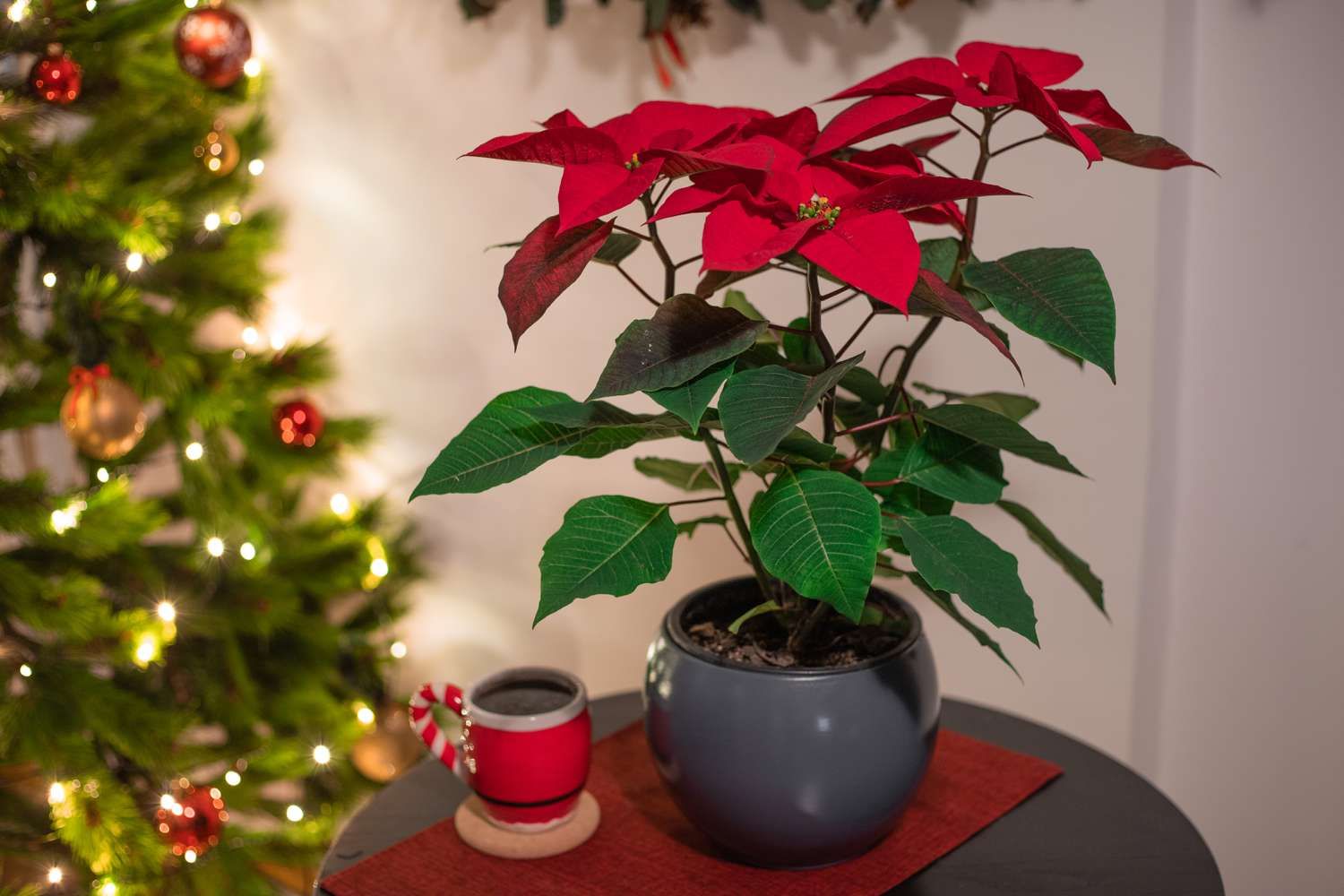

Articles
How To Store A Poinsettia
Modified: February 23, 2024
Learn the proper way to store a poinsettia in this informative article, featuring helpful tips and advice. Ensure your plant stays healthy in between holiday seasons.
(Many of the links in this article redirect to a specific reviewed product. Your purchase of these products through affiliate links helps to generate commission for Storables.com, at no extra cost. Learn more)
Introduction
Welcome to the world of poinsettias! These vibrant plants with their festive red and green foliage have become synonymous with the holiday season. Whether you received a poinsettia as a gift or purchased one to decorate your home, it’s important to know how to properly care for and store this delicate plant to ensure its longevity. In this article, we will guide you through the process of storing a poinsettia.
Poinsettias, scientifically known as Euphorbia pulcherrima, are native to Mexico and have been cultivated for their stunning bracts, which are often mistaken for flowers. These bracts come in a variety of colors, with the traditional red being the most popular. While poinsettias are typically associated with the holiday season, they can be enjoyed year-round with proper care.
To store a poinsettia successfully, you need to consider factors such as location, temperature, humidity, watering, fertilizing, pruning, disease prevention, and preparation for dormancy. By following these guidelines, you can keep your poinsettia healthy and vibrant, ready to be displayed the following year.
So, let’s dive in and discover the secrets to storing a poinsettia with care!
Key Takeaways:
- Proper storage of poinsettias involves choosing the right location, maintaining temperature and humidity, watering with care, and preparing for dormancy. These steps ensure the plant’s health and vibrant display in the following year.
- Pruning, pest prevention, disease control, and repotting are crucial for poinsettia care. By following these steps, you can nurture your poinsettia to thrive and bring festive cheer year after year.
Read more: How To Store Poinsettias
Choosing the Right Location
When it comes to storing a poinsettia, selecting the right location is crucial. Poinsettias thrive in areas that receive bright, indirect sunlight, so it’s essential to find a spot that provides the right balance of light and shade.
Avoid placing your poinsettia in direct sunlight, as this can cause the leaves to scorch and damage the plant. On the other hand, keeping it in a dark or overly shaded area can inhibit growth and lead to leggy, sparse foliage. Ideally, you want to place your poinsettia in a room with plenty of natural light but away from direct sunlight.
It’s also important to consider the temperature and airflow in the location you choose. Poinsettias prefer temperatures between 60-70°F (15-21°C) during the day and around 55-60°F (13-15°C) at night. Avoid placing your poinsettia near drafty doors or windows, as sudden temperature fluctuations can shock the plant and cause leaf drop.
Lastly, consider the proximity to other plants. Poinsettias are susceptible to certain pests and diseases, so placing them near other plants can increase the risk of infestation. Keep a distance of at least a few feet between your poinsettia and other houseplants to maintain optimal health.
By selecting the right location for your poinsettia, you are providing it with the best chances of survival and ensuring that it stays healthy and vibrant throughout its dormant period.
Temperature and Humidity Requirements
Poinsettias have specific temperature and humidity requirements that are essential for their well-being during storage. Properly regulating these factors will help prevent stress and promote the plant’s overall health.
First and foremost, it’s crucial to maintain a consistent temperature for your poinsettia. Keep the plant in an area that is consistently between 60-70°F (15-21°C) during the day and around 55-60°F (13-15°C) at night. Fluctuations in temperature can cause the leaves to drop prematurely and impact the overall health of the plant. Avoid placing your poinsettia in areas with extreme temperature variations, such as near heating vents or drafty windows.
Humidity is another important factor to consider when storing a poinsettia. These plants prefer a moderate level of humidity, typically around 40-50%. If the air in your home is dry, especially during the winter months when indoor heating can deplete moisture levels, you can increase humidity levels by using a humidifier or placing a tray of water near the plant to create a microclimate. Misting the leaves with water is not recommended, as it can promote fungal growth.
In addition to maintaining the right temperature and humidity, it’s important to keep your poinsettia away from drafts and sudden changes in air circulation. Drafts can cause the leaves to wither and drop, so place your plant in an area with minimal airflow disruptions. Avoid placing it near doorways, vents, or windows that are frequently opened and closed.
By providing the proper temperature, humidity, and air circulation, you can create an environment that mimics the poinsettia’s natural habitat, ensuring a healthy and thriving plant during storage.
Watering and Drainage
Proper watering techniques are essential for the health and survival of poinsettias during storage. Here are some guidelines to follow to ensure your poinsettia receives the right amount of water:
1. Watering Frequency: Poinsettias should be watered when the top inch of the soil feels dry to the touch. Avoid overwatering or allowing the plant to sit in standing water, as this can lead to root rot and other moisture-related issues. Allow the excess water to drain out of the pot completely before placing the poinsettia back in its designated storage location.
2. Watering Technique: When watering, pour water onto the soil around the base of the plant rather than directly onto the leaves. This helps prevent foliage damage and keeps the plant’s center dry, reducing the risk of diseases.
3. Moisture Retention: Adding a layer of mulch around the base of the poinsettia can help retain moisture in the soil. Organic materials like bark chips or peat moss can be used as mulch, helping to regulate soil moisture levels and prevent excessive evaporation.
4. Monitor Drainage: It’s important to ensure that the pot your poinsettia is in has proper drainage holes. This will allow excess water to escape and prevent waterlogged roots. If your poinsettia came in a decorative container without drainage holes, consider transferring it to a nursery pot or adding drainage holes to the existing one.
In addition to these watering guidelines, it’s important to note that poinsettias are sensitive to fluoride, which can be found in tap water. If possible, use distilled or filtered water to avoid fluoride buildup and potential toxicity.
By following these watering and drainage practices, you can keep your poinsettia’s soil consistently moist but not waterlogged, promoting healthy root development and overall plant vigor during storage.
Fertilizing the Poinsettia
Fertilizing poinsettias is crucial to providing them with the necessary nutrients for growth and vibrant foliage during storage. Here are some key points to consider when fertilizing your poinsettia:
1. Timing: Begin fertilizing your poinsettia after it has finished blooming, typically in late winter or early spring. This is when the plant enters its active growth phase and will benefit greatly from additional nutrients.
2. Choice of Fertilizer: Use a balanced, water-soluble fertilizer with an NPK ratio of 20-20-20 or a fertilizer specifically formulated for poinsettias. These fertilizers will provide the necessary macro and micronutrients required for healthy growth and development.
3. Application Method: Follow the instructions on the fertilizer packaging for the correct dosage and dilution ratio. Apply the fertilizer every 2-4 weeks, ensuring that the soil is moist before application. Avoid over-fertilizing, as this can lead to salt buildup in the soil and damage the plant’s roots.
4. Fertilizer Ratio Adjustment: As the poinsettia enters its dormant period, usually around late fall, reduce the frequency of fertilizer application or switch to a fertilizer with a lower nitrogen (N) ratio. This adjustment will prepare the plant for dormancy and prevent excessive growth during this resting phase.
It’s important to note that while fertilizing is beneficial, it’s equally crucial not to overdo it. Poinsettias are sensitive to high salt levels, so it’s important to flush the soil periodically to prevent salt buildup. To do this, thoroughly water the plant until water drains out of the drainage holes, ensuring that excess salts are washed away from the root zone.
By providing the right fertilization regimen for your poinsettia, you can ensure that it receives the necessary nutrients to thrive during storage, promoting healthy foliage and preparing for its next flowering season.
To store a poinsettia, place it in a cool, bright location away from drafts and heat sources. Water sparingly to keep the soil lightly moist. Avoid overwatering to prevent root rot.
Read more: How To Fold A Napkin Into A Poinsettia
Pruning and Maintenance
Pruning and maintenance play a vital role in keeping your poinsettia healthy and aesthetically pleasing during the storage period. Here are some guidelines to help you properly care for your poinsettia:
1. Pruning: Pruning is essential for maintaining the shape and size of your poinsettia. After the blooming period, you can prune the plant back to promote branching and compact growth. Trim back the stems to about 6-8 inches from the base of the plant, leaving a few nodes on each stem. This will encourage the growth of new shoots and create a fuller plant.
2. Maintenance: Regularly inspect your poinsettia for any signs of pests or diseases. Common pests that can affect poinsettias include aphids, whiteflies, and spider mites. If you notice any infestations, treat them promptly using appropriate insecticidal sprays or natural remedies. Similarly, keep an eye out for any signs of diseases, such as leaf spots or powdery mildew, and take necessary measures to prevent their spread.
3. Removing Bracts: If your poinsettia still has its colorful bracts intact, you can choose to leave them on the plant for decorative purposes. However, if the bracts have faded or wilted, it’s best to remove them to redirect the plant’s energy towards new growth. Simply trim off the discolored bracts at the base of their stems.
4. Regular Inspections: Take the time to inspect the leaves, stems, and overall health of your poinsettia on a regular basis. Look for any signs of yellowing or wilting leaves, which could indicate inadequate watering or other issues. Additionally, check the soil’s moisture level to ensure you are maintaining the proper watering schedule.
By incorporating regular pruning and maintenance into your poinsettia care routine, you can encourage healthy growth, prevent pest and disease issues, and maintain an attractive plant during storage. Remember to handle your poinsettia with care during these maintenance tasks to avoid damaging the delicate branches and leaves.
Protecting from Pests and Diseases
Keeping your poinsettia safe from pests and diseases is crucial for its overall health during storage. Here are some measures you can take to protect your poinsettia from common issues:
1. Pest Prevention: Poinsettias are susceptible to insect infestations, including aphids, whiteflies, and spider mites. To prevent these pests, regularly inspect your plant for signs of infestation, such as sticky residue, yellowing leaves, or tiny webs. If pests are detected, treat them with appropriate insecticidal sprays or natural remedies like neem oil or insecticidal soap. Regularly clean the surrounding area and remove any fallen leaves or debris, as they can attract pests.
2. Disease Prevention: Common diseases that can affect poinsettias include powdery mildew, root rot, and bacterial leaf spot. To prevent these diseases, ensure proper airflow around the plant by spacing it away from other plants. Avoid overwatering, as soggy soil can promote fungal growth. Water the poinsettia at the soil level rather than overhead to prevent fungal spores from spreading. If you notice any signs of disease, remove the affected parts of the plant promptly and treat with appropriate fungicides.
3. Quarantine New Plants: If you are introducing new poinsettias into your collection, it’s important to quarantine them for a short period to prevent the spread of pests or diseases to your existing plants. Keep the new plants separate from the rest and monitor them closely for any signs of infestation or disease before incorporating them into your storage area.
4. Good Hygiene Practices: Practicing good hygiene is essential in preventing the spread of pests and diseases. Wash your hands thoroughly before and after handling your poinsettia to avoid contaminating it with any potential pathogens. Additionally, clean your tools, such as pruning shears, with a disinfectant before and after use to minimize the risk of spreading diseases.
By being proactive in preventing pests and diseases, you can ensure the health and longevity of your poinsettia during storage. Regular monitoring, proper hygiene, and timely treatment will help keep your poinsettia vibrant and pest-free.
Preparing for Dormancy
Preparing your poinsettia for dormancy is an important step in its care during storage. Dormancy is a natural phase in the poinsettia’s growth cycle, and providing the right conditions will ensure its successful rest period. Here are some steps to follow when preparing your poinsettia for dormancy:
1. Reduce Light Exposure: Poinsettias require a period of darkness to initiate dormancy. About 8-10 weeks before you want your poinsettia to bloom again, reduce its light exposure to around 12-14 hours per day. This can be achieved by moving the plant to a dark location or covering it with a light-proof cloth or box during the nighttime hours. During the daytime, place it in a well-lit area to ensure it receives the necessary indirect light for its health.
2. Decrease Watering: As your poinsettia enters dormancy, reduce its watering frequency. Allow the soil to dry out slightly between waterings, but do not let it become completely dry. Overwatering during the dormant period can lead to root rot and other issues. Monitor the moisture levels in the soil and adjust your watering schedule accordingly.
3. Maintain Cooler Temperatures: During dormancy, poinsettias prefer cooler temperatures compared to their active growth phase. Aim to keep the plant in an area with temperatures between 55-60°F (13-15°C) during the nighttime and slightly warmer during the daytime. Avoid exposing the poinsettia to extreme fluctuations in temperature, as this can shock the plant and disrupt its dormancy period.
4. Limit Fertilizer: As your poinsettia prepares for dormancy, reduce or cease fertilization. The plant’s metabolic activity slows down during this period, so it doesn’t require as many nutrients. Avoid fertilizing your poinsettia during its dormant phase to prevent excessive growth or fertilizer burn.
5. Keep Pest and Disease Control: Even during dormancy, it’s important to continue monitoring your poinsettia for any signs of pests or diseases. Regularly inspect the plant and take necessary action if any issues arise. Dormant plants can still be susceptible to certain pests, so it’s essential to maintain good plant hygiene.
By following these steps, you can ensure that your poinsettia enters and completes its dormancy period successfully. This rest period is essential for the plant’s rejuvenation and prepares it for its next flowering season.
Repotting the Poinsettia
Repotting your poinsettia is an essential step in its care, especially if the plant has outgrown its current container or if you want to refresh the soil. Here’s a guide on how to repot your poinsettia:
1. Timing: The best time to repot your poinsettia is after its dormant period, usually in late winter or early spring when new growth starts to emerge. Avoid repotting during the blooming period, as the plant may be more sensitive to repotting stress.
2. Selecting the Right Pot: Choose a new pot that is slightly larger than the current one, with good drainage holes. Poinsettias prefer well-draining soil, so ensure that the new pot allows excess water to flow freely. Terra cotta or ceramic pots are excellent options because they allow for better airflow to the roots.
3. Preparing the Soil Mix: Poinsettias thrive in a well-draining soil mix. Prepare a blend of equal parts peat moss, perlite, and potting soil to create the ideal growing medium. This mixture promotes good drainage while retaining enough moisture for the plant’s needs.
4. Repotting Process: Gently remove the poinsettia from its current pot by holding the base of the plant and carefully teasing the roots apart without causing damage. Place a layer of the prepared soil mix at the bottom of the new pot. Position the poinsettia in the center and fill the remaining space with the soil mix, ensuring the roots are fully covered. Gently press the soil down to secure the plant in its new home.
5. Watering and Aftercare: After repotting, give your poinsettia a thorough watering to settle the soil and help the roots establish in their new environment. Be mindful not to overwater, as this can lead to root rot. Place the repotted poinsettia in a well-lit area away from direct sunlight and monitor its moisture levels. Adjust your watering schedule as needed to maintain the right level of moisture.
6. Pruning: If your poinsettia appears leggy or overgrown, you can trim back the stems during the repotting process to encourage bushier growth. Trim the stems to a desired length, leaving a couple of nodes on each stem to promote new shoot development.
Repotting your poinsettia provides it with fresh soil, more room for root growth, and a healthier environment. Following these steps will ensure a successful repotting process and promote the continued health and vigor of your poinsettia during storage.
Read more: How To Grow Poinsettias From Seed
Conclusion
Congratulations! You have gained valuable knowledge on how to store a poinsettia successfully. By following the guidelines provided in this article, you can ensure the health, vitality, and longevity of your poinsettia during storage, preparing it for future blooming seasons.
From choosing the right location with optimal lighting and temperature to providing the appropriate water and fertilizer, every aspect of poinsettia care has been covered. Pruning and maintenance tasks, as well as protecting your plant from pests and diseases, are essential for its overall well-being. Additionally, preparing your poinsettia for dormancy and knowing when to repot it are crucial steps in its ongoing care.
Remember, poinsettias are living and delicate plants that require attention and care. By incorporating these practices into your poinsettia care routine, you can enjoy the beautiful colors and festive cheer they bring to your home year after year.
So, as you embark on your poinsettia journey, be sure to monitor its needs, adjust care accordingly, and enjoy the process of nurturing this vibrant and festive plant. With dedication and proper care, your stored poinsettia will eagerly await its next blooming season, bringing warmth and joy to your home once again.
Happy storing and may your poinsettias thrive with each passing year!
Frequently Asked Questions about How To Store A Poinsettia
Was this page helpful?
At Storables.com, we guarantee accurate and reliable information. Our content, validated by Expert Board Contributors, is crafted following stringent Editorial Policies. We're committed to providing you with well-researched, expert-backed insights for all your informational needs.
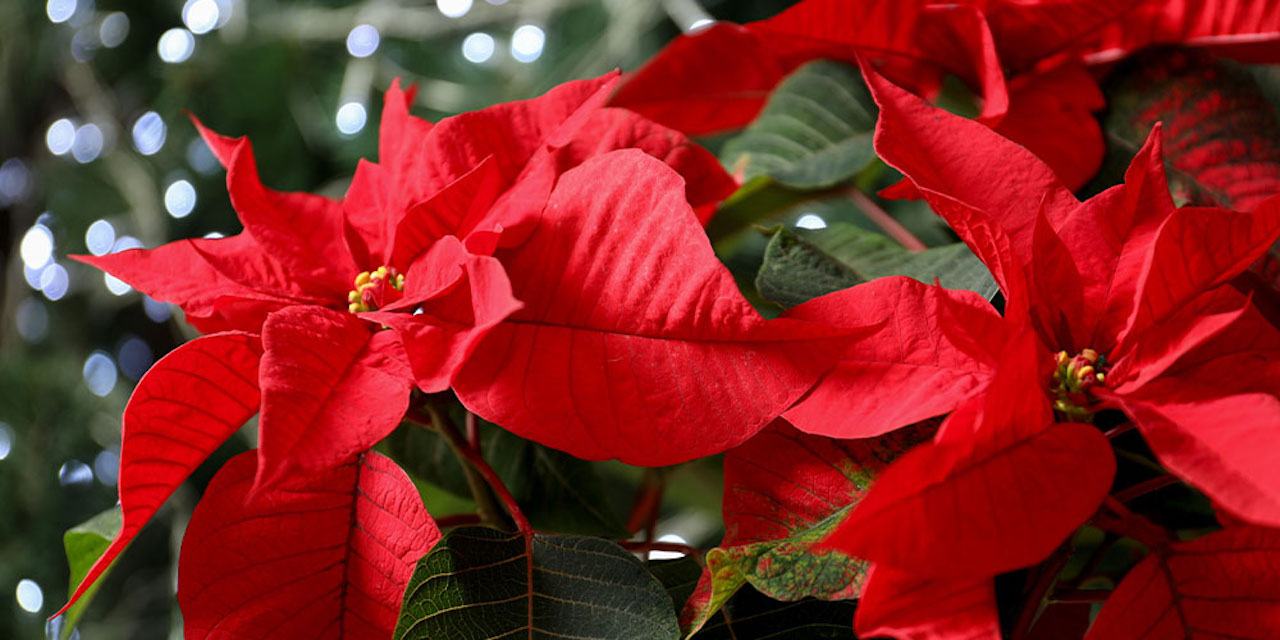
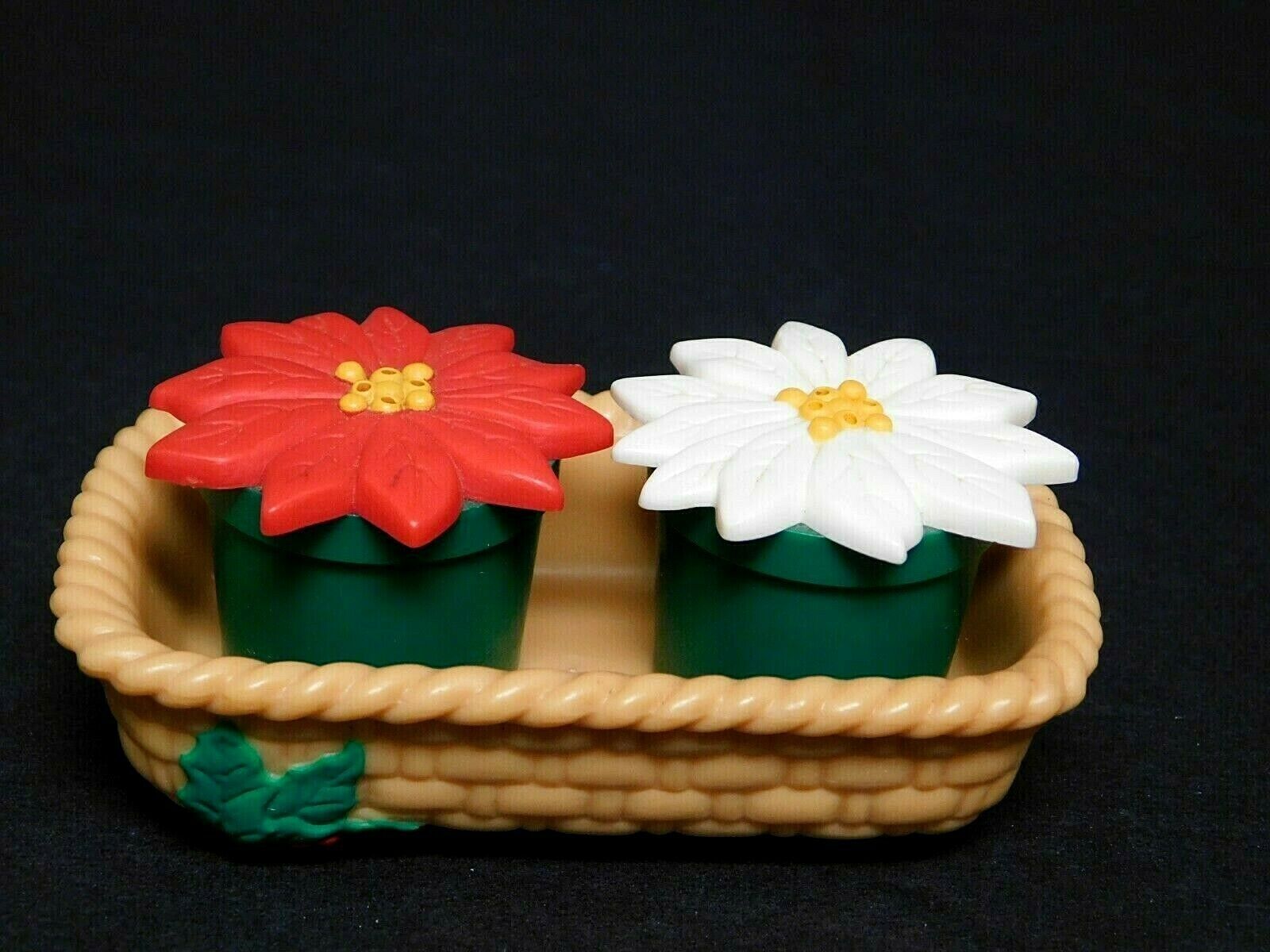


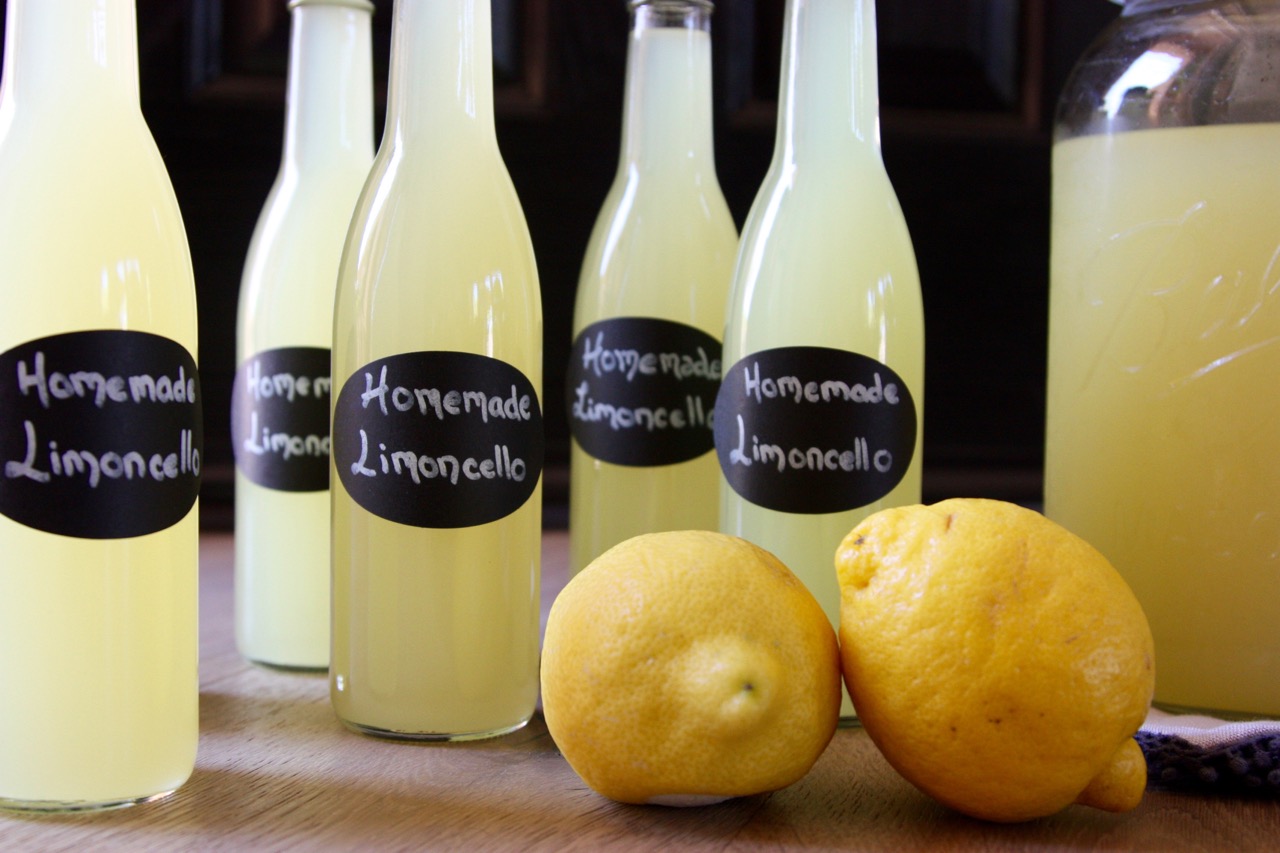
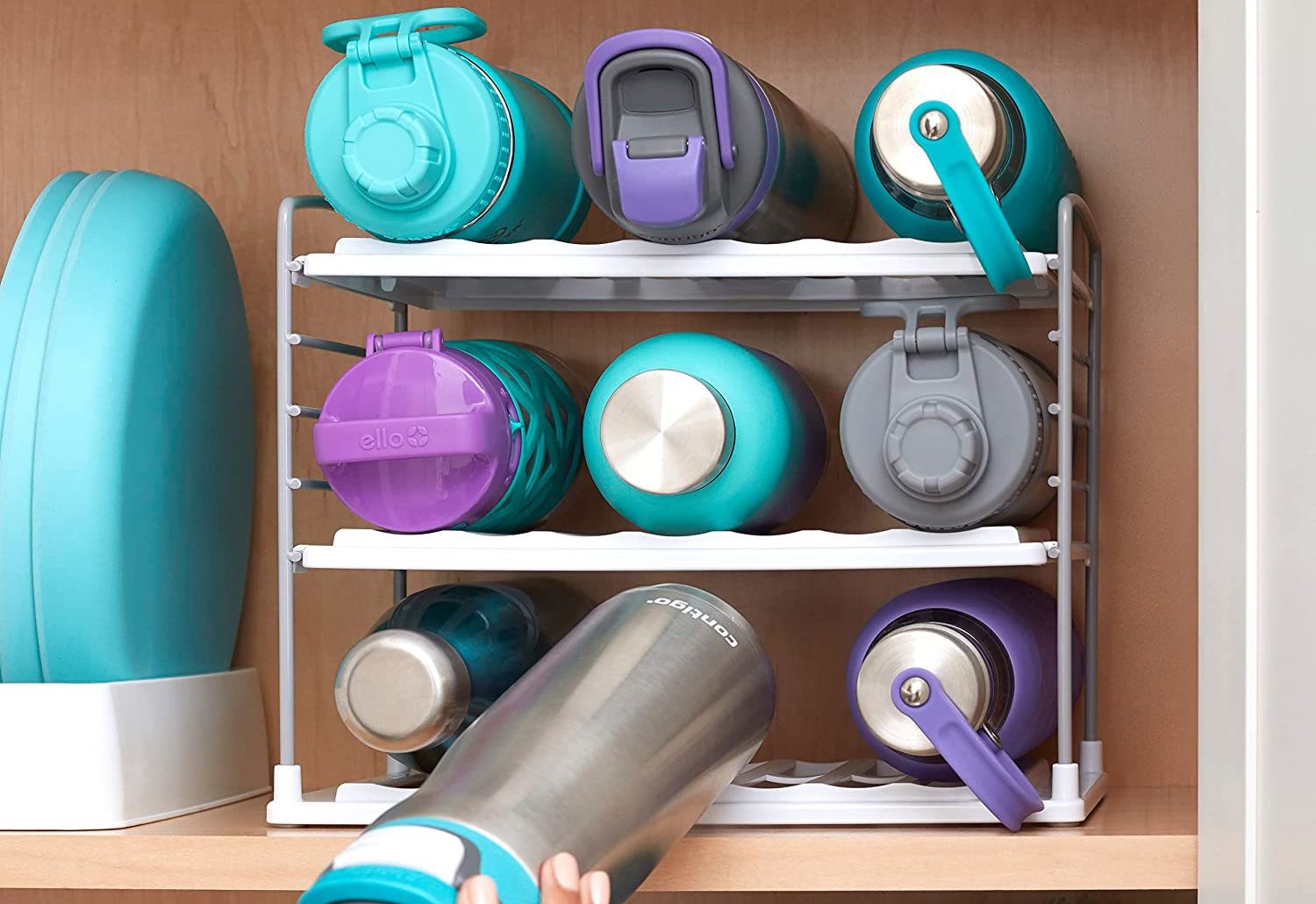
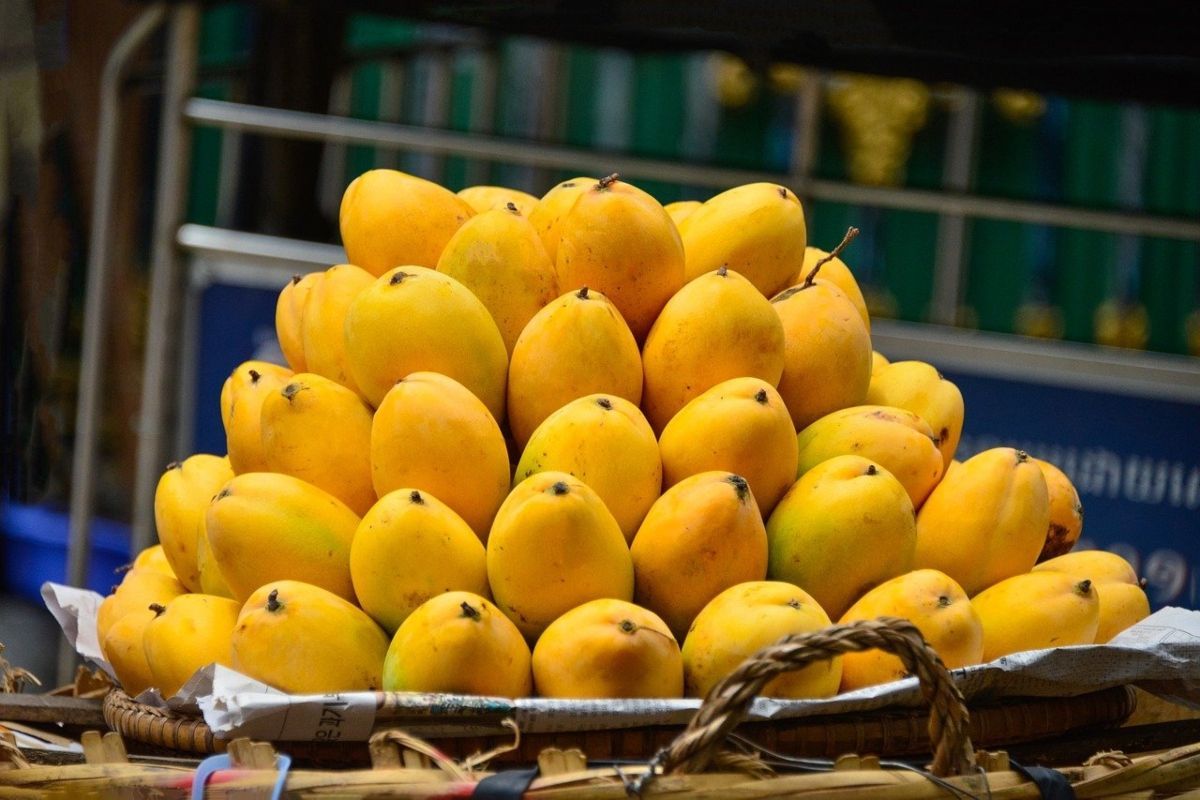
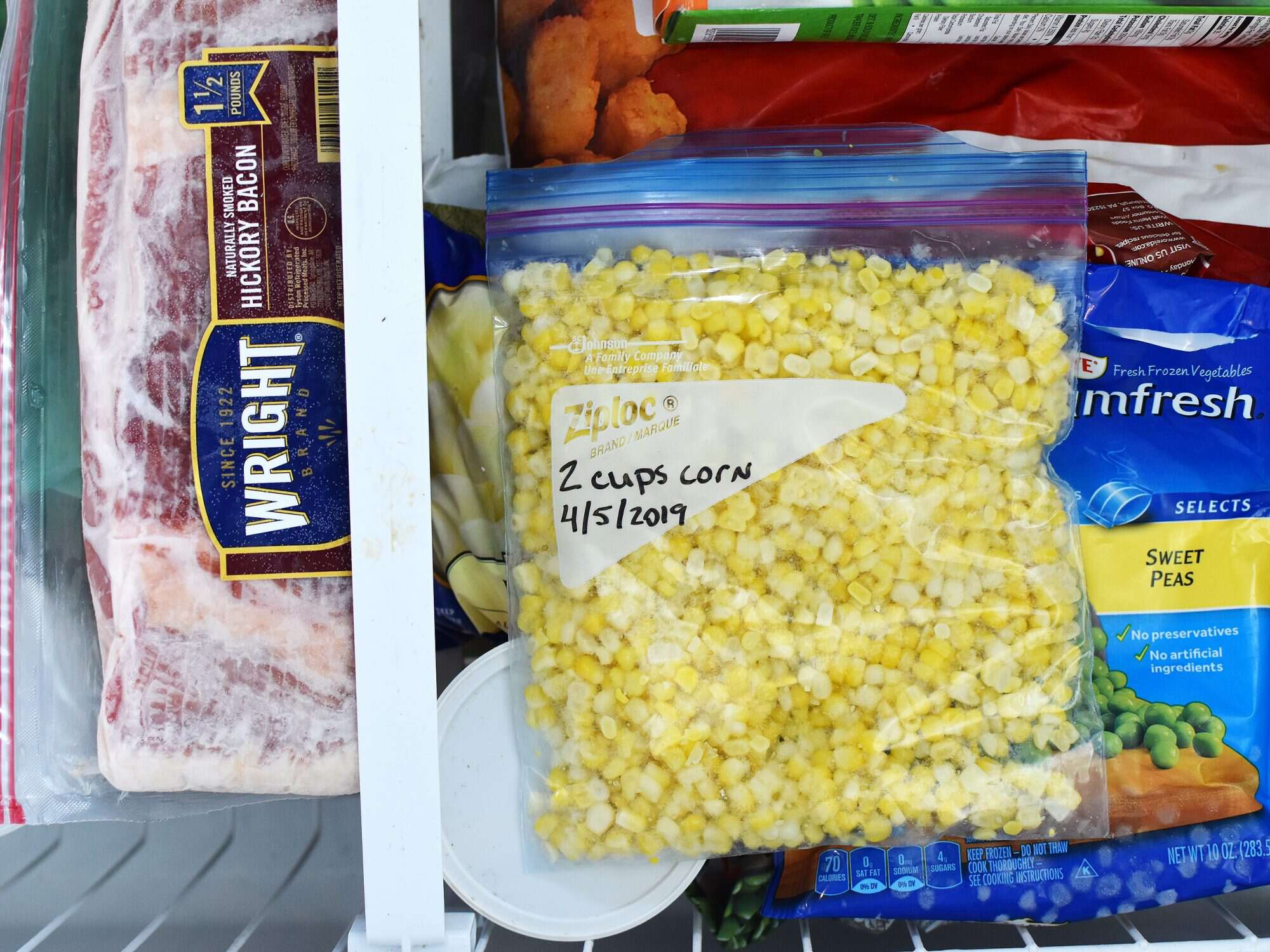


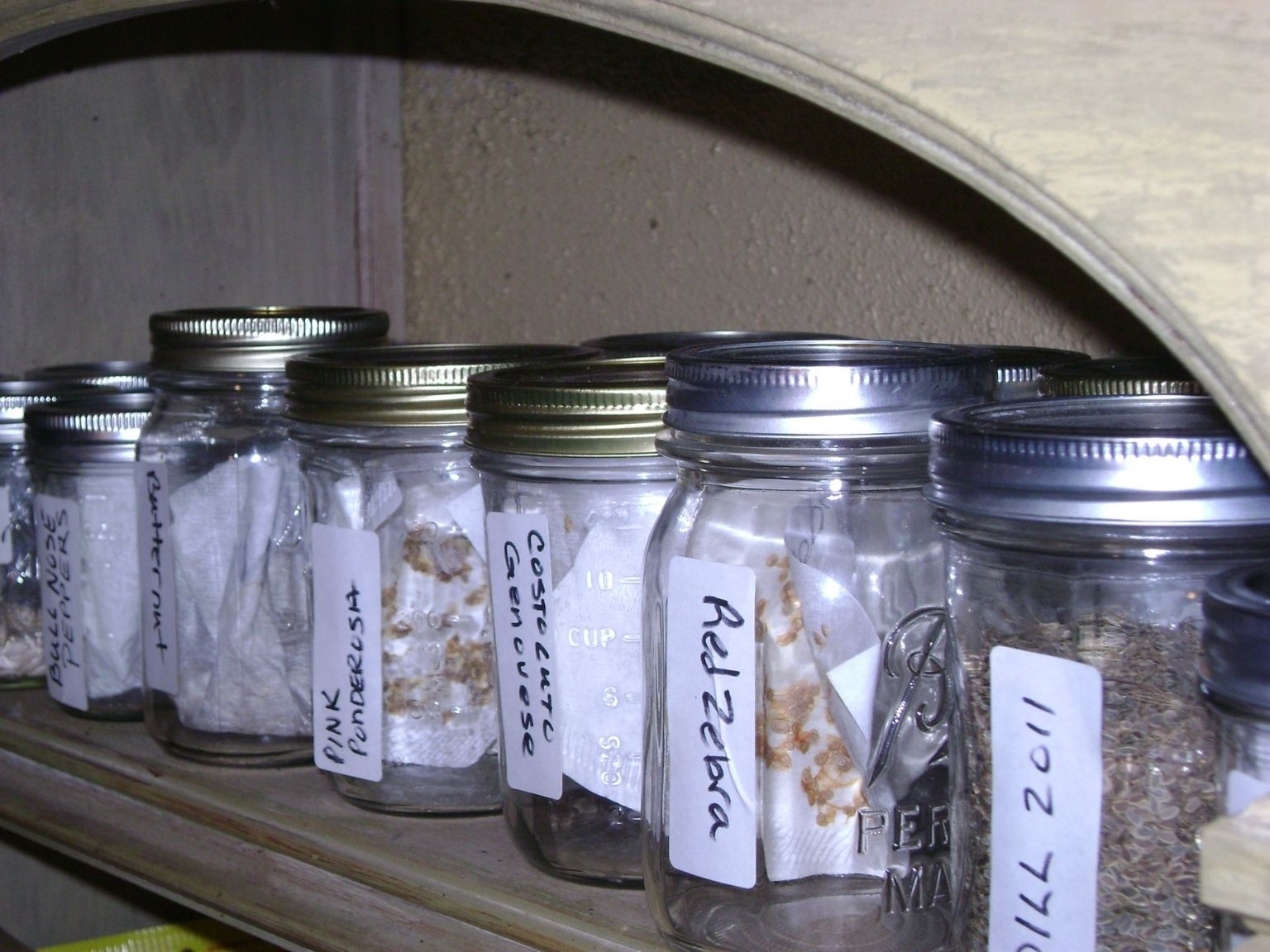



0 thoughts on “How To Store A Poinsettia”